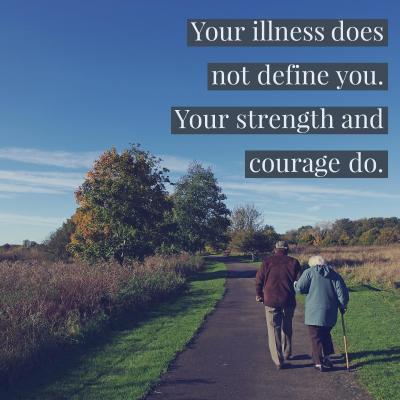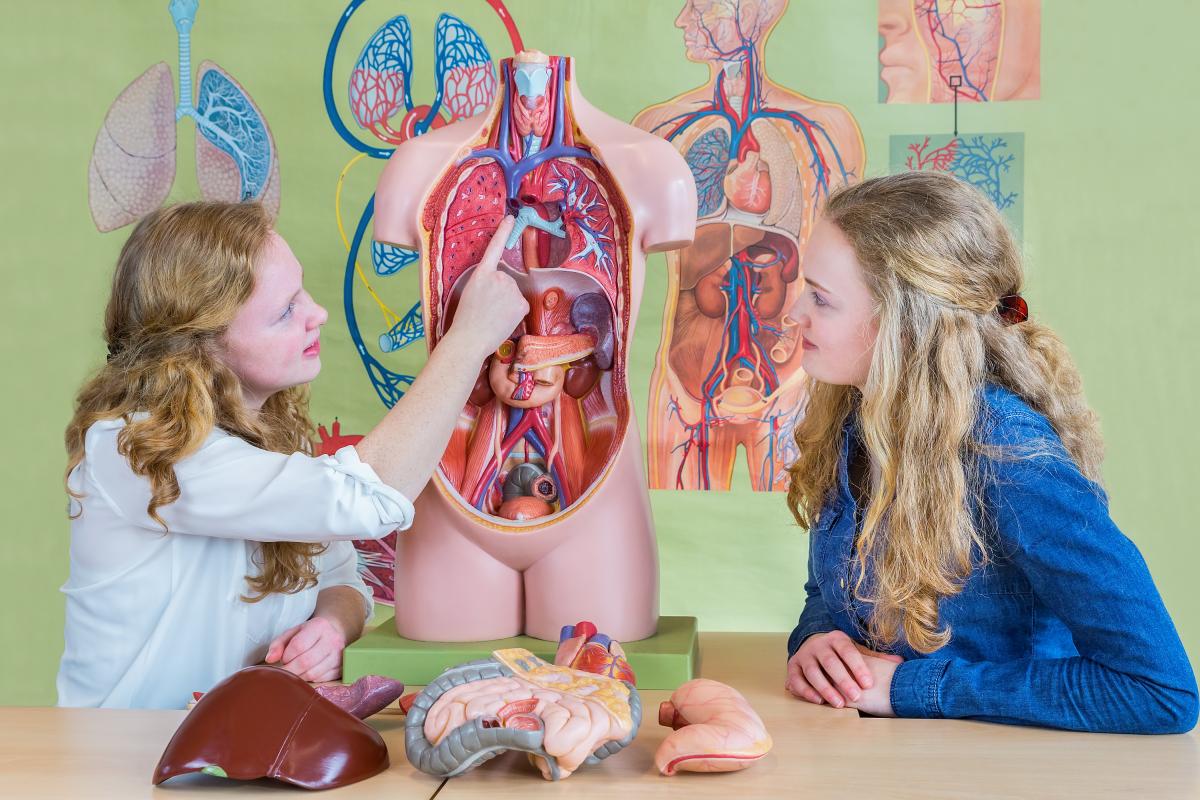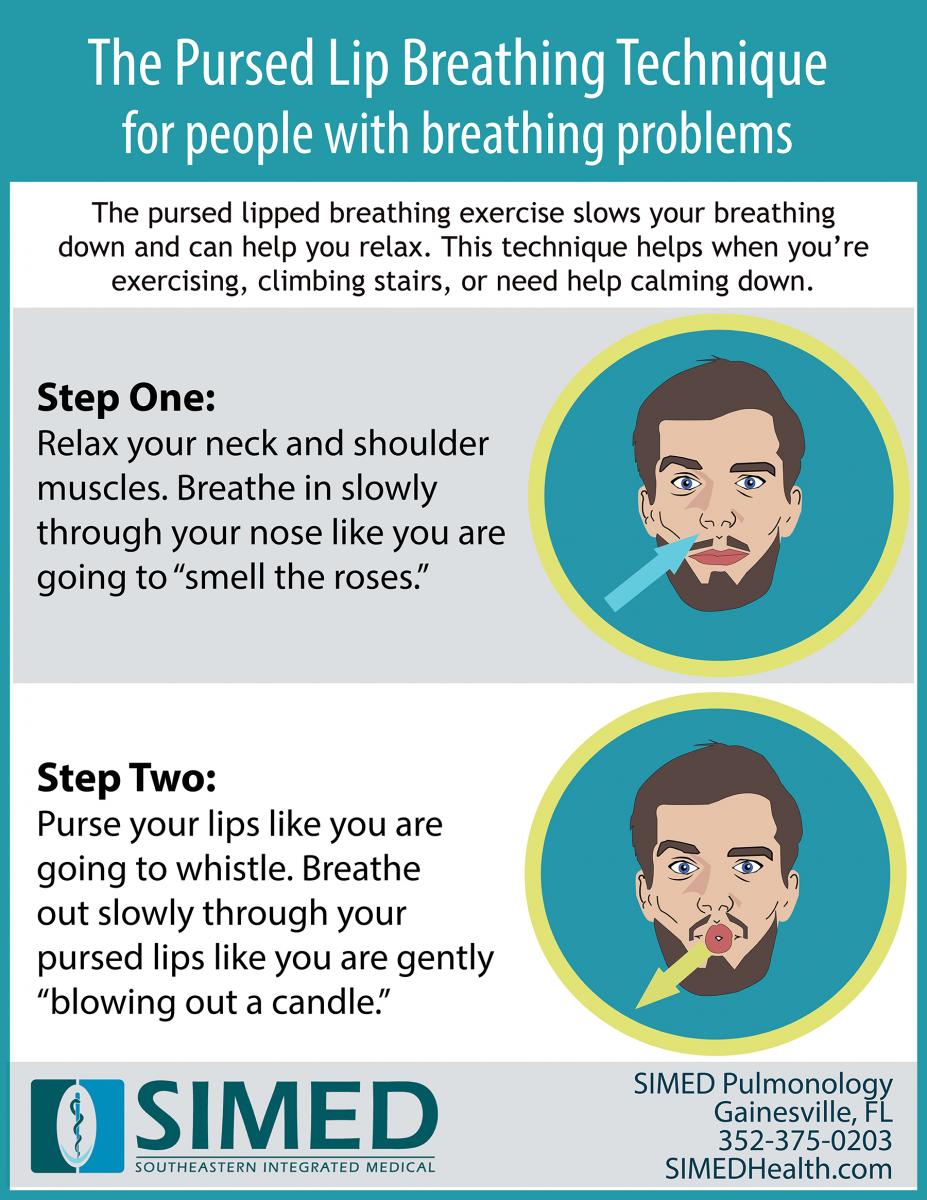
For National Healthy Lung Month (October), we asked SIMED respiratory therapists to go over the best exercises to improve lung health. Our therapists also discussed what to do if you have breathing problems including when you should seek help.
Let’s hear what Ivonne Kratzer and Teresa Brewington, SIMED’s respiratory therapists, had to say:
Why is it important to do breathing exercises and who should do them?
People with any pulmonary disease can have problems breathing normally. The breathing problems can make performing different tasks more difficult. Learning new breathing exercises can help those with breathing difficulties more easily perform basic tasks whether those tasks are walking upstairs or reaching for a can of soup.
Breathing exercises can help people with lung problems maintain regular breathing, slow their breathing down, and get rid of secretions better. The breathing exercises offer an alternative way to breathe that will bring people close to a normal state of breathing. While most people with COPD (chronic obstructive pulmonary disease) who suffer from blocked air flow likely won’t be able to return to a normal breathing routine, they can slow down the progress of the disease.
What do the breathing exercises help with?
The major muscles affected when you have breathing issues or COPD are the arms, legs, and diaphragm. If you’re short of breath, you’re not going to want to move as much as you should. When you’re short of breath and try to move your arms, you won’t be able to extend as much as you should. You need to work those muscles and the diaphragm (your major breathing muscle) to improve your everyday functioning.
Exercises:
1. Pursed Lip Breathing – The pursed lipped breathing exercise slows your breathing down and can help you relax. For the exercise, you’re going to breathe in through your nose and pucker up your lips like you’re going to kiss someone. Then you’re going to let your breath out again. The exercise is also sometimes called Smell the Roses.
1. Relax your neck and shoulder muscles.
2. Breathe in slowly through your nose like you are going to “smell the roses.”
3. Purse your lips like you are going to whistle.
4. Breathe out slowly through your pursed lips like you are gently “blowing out a candle.”
Try to blow out twice as long as it took you to inhale. This technique helps when you’re exercising, climbing stairs, or need help calming down.
2. Diaphragmatic (Belly) Breathing – The diaphragm is the major muscle used in breathing. It is located under the lungs. When you have a lung disease or are short of breath, you might start breathing with your arms or doing accessory breathing thinking it will help you. This type of breathing wears you out faster and prevents the base of your lungs from receiving oxygen. The base of the lungs is where the gas exchange takes place so keeping those muscles strong and using the base of your lungs to breath is important. Belly breathing requires concentration because you have to think about the way you’re breathing and what you’re doing with your muscle.
1. Sit down in a chair or lie down on your back.
2. Breathe in slowly through your nose.
3. As you breathe in, your belly should move out so your chest can fill with air.
4. Breathe out slowly through pursed lips.
5. As you breathe out, you should feel your belly move in.
Your diaphragm should move up and down during this technique. You can do this exercise while lying down or while sitting.
3. Rescue Positions to Make Breathing Easier – These positions will help keep your breathing calm.
Sitting:
1. Place both feet on the ground.
2. Lean your chest forward a bit.
3. Rest your arms on a table.
4. Open your legs and let your belly fall forward.
5. Rest your head on your arms.
6. Breathe through your nose and out through pursed lips to slow down your breathing.
Standing
1. Rest your elbows on a wall, a piece of furniture or on the kitchen sink.
2. Learn forward and put the weight on your arms.
3. Let your belly fall forward.
4. Breathe through your nose and out through pursed lips to slow down your breathing.
Many people in the hospital use these techniques to breathe easier.
The exercises should be practiced at least once a day as recommend by your physician. Once you learn them, you probably won’t even notice you’re doing them and they’ll become a part of your breathing habits. You won’t even realize you’re exercising!
What else can you do if you have lung and breathing problems?
If you have any shortness of breath, even mild asthmatics, a pulmonologist can help guide you on how to breathe better, especially in situations when you struggle most.
Avoid smoking and vaping and practice healthier eating habits (like avoiding a Polar Pop full of coke, for example). While it’s understandable that if you’re having trouble breathing, you might spend more time sitting on the couch and eating, you should try to stay active and exercise as soon as approved by your physician.
Don’t just sit around in a chair all day because you’re short of breath. Even if you’re short of breath, there’s still something you can do. Be as productive as you can, and don’t give up.
When should you see a doctor?
Most people see a pulmonologist when they are in the late stages of COPD, but more can be done if people would seek treatment sooner. Seeing a doctor as soon as symptoms present themselves and making sure you’re seeing the right doctor is essential.
Many people with COPD get misdiagnosed or avoid seeing a doctor. While they might think the issue will improve on its own, it usually only gets worse.
If you’re coughing, experiencing shortness of breath, or experiencing frequent hospitalizations, you should see your primary care doctor. Ask your doctor if they can treat the issue or if it would be better for you to see a pulmonologist. A pulmonologist can give you a better idea of your limits and how you can get better.
Pulmonologist can help with breathing and secretion problems. Patients can learn how to move secretion out of their lungs when coughing to make it easier to breathe.
What is pulmonary rehab/therapy and why should I do it?
Patients who sit around all day can increase the strength in their legs, arms, and body through the program. They will also gain education on what’s happening with the disease in their body and how they can improve their ability to do daily activities in their lives. People who are younger or in the earlier stage of COPD benefit most from pulmonary therapy, but it can help almost everyone.
Do you have any words of advice?
It’s important not to let the disease define you if you have breathing issues. People with COPD can get stronger and shouldn’t feel like all is lost. They should stay as motivated and active as possible.
Your illness does not define you. Your strength and courage do.
To visit a SIMED Pulmonologist in Gainesville, call 352-375-0302 or schedule your appointment online.
To visit a SIMED Primary Care physician in Gainesville, Ocala, Chiefland, Lady Lake or McIntosh, call 352-224-2225 or request an appointment online.
If you are interested in SIMED Pulmonary Therapy in Gainesville, call 352-373-6565 to sign up and for more information.
